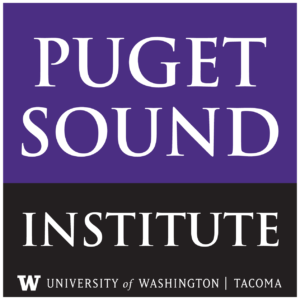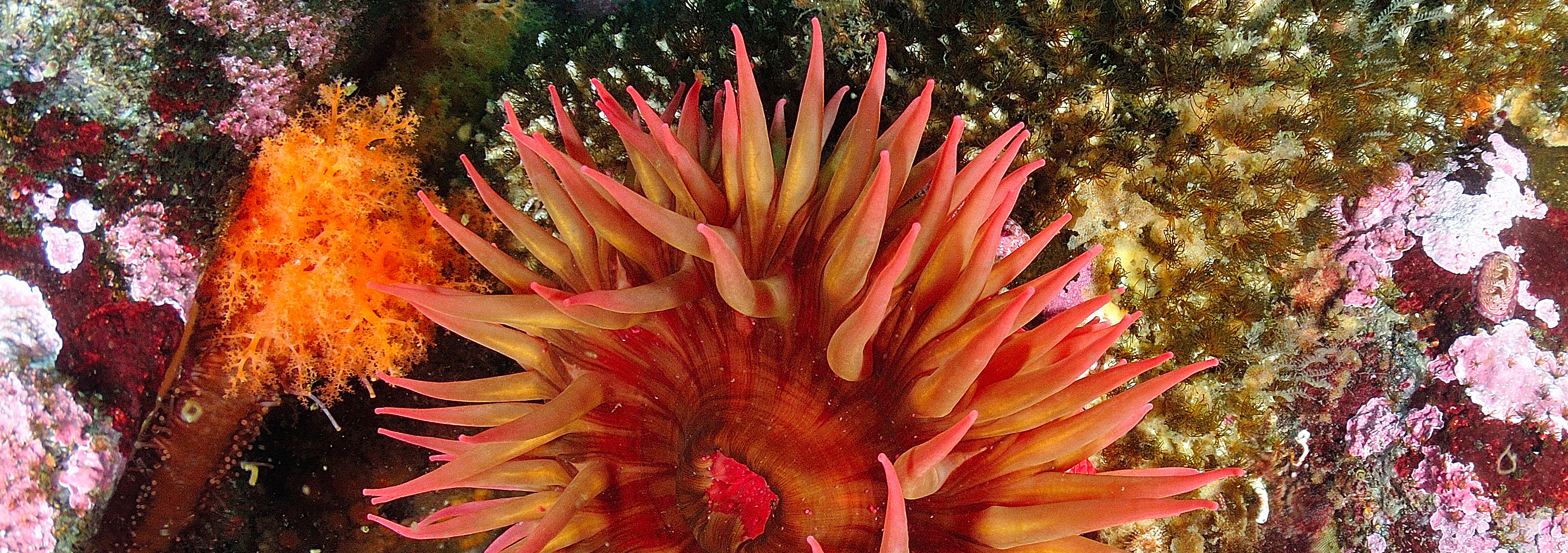SAVE THE DATE: The next Salish Sea Ecosystem Conference is scheduled for April 13-15, 2016 in Vancouver, B.C. For additional information visit the conference website, and watch this blog for updates as they become available.
January 23, 2015

Airport offers a glimpse at tightening stormwater regulations
How does one of the West’s busiest airports deal with extreme stormwater, and what does that mean for water quality standards in the rest of the state? Read the latest article from Salish Sea Currents in the Encyclopedia of Puget Sound.
December 20, 2014

Puget Sound stormwater fixes could cost billions
Pollution from stormwater has been called one of the greatest threats to Puget Sound. How much will it cost to hold back the rain? A new EPA-funded study says the price could reach billions per year, a figure that dwarfs current state and federal allocations. Read the article in Salish Sea Currents.
November 21, 2014

Nature inspires new approach to flood control
Every year, winter rains bring the threat of millions of dollars in property damage, or even the loss of life, from floods. Rivers have historically been channeled and tamed to protect towns and farms in low-lying floodplains, but research shows that this approach may actually be making flooding worse while at the same time threatening […]
October 31, 2014

Brighter future for salmon at downtown seawall
The decaying seawall along Seattle’s waterfront is providing scientists with an opportunity to improve long-lost habitat for migrating salmon. It could also show the way for habitat enhancements to crumbling infrastructure worldwide. One University of Washington researcher describes the project. Read more about the Seattle seawall in Salish Sea Currents.
October 9, 2014

Citizens now the leading cause of toxics in Puget Sound
The latest issue of Salish Sea Currents reports that some of the greatest dangers to Puget Sound come from our common, everyday activities. These pervasive sources of pollution are so woven into our lives that they are almost invisible to us, but it’s becoming impossible to ignore their effects. Read the article in the Encyclopedia of Puget […]
September 9, 2014

No salmon left behind: The importance of early growth and freshwater restoration
Traditionally, salmon restoration has focused heavily on spawning habitat in streams and rivers, but scientists say that may no longer be enough. New research presented at the 2014 Salish Sea Ecosystem Conference suggests that conserving and increasing high-quality habitat for juvenile salmon could be just as vital. Read the article by Emily Davis in the Salish Sea Currents series.
August 29, 2014

Puget Sound salmon dying young
Scientists say Puget Sound’s salmon are dying young and point to low growth rates in the marine environment as a possible cause. A new article in the Salish Sea Currents series examines threats facing young salmon in the open waters of Puget Sound. Read the article by Megsie Siple.
August 11, 2014

Shedding new light on eelgrass recovery
One of the goals set by the state’s Puget Sound Action Agenda is to add 20 percent more eelgrass to the region by 2020. But three years into the effort, there’s been little or no progress, and growing perplexity. Studies show that some eelgrass beds are increasing while others are in decline. Scientists met at […]
July 23, 2014

New online series features Puget Sound science
Salish Sea Currents is a new online series featuring the latest science from the 2014 Salish Sea Ecosystem Conference. Join us as we report on some of the key issues driving Puget Sound recovery. The magazine-style series is housed on the Encyclopedia of Puget Sound and is developed in collaboration with the Puget Sound Partnership with […]
